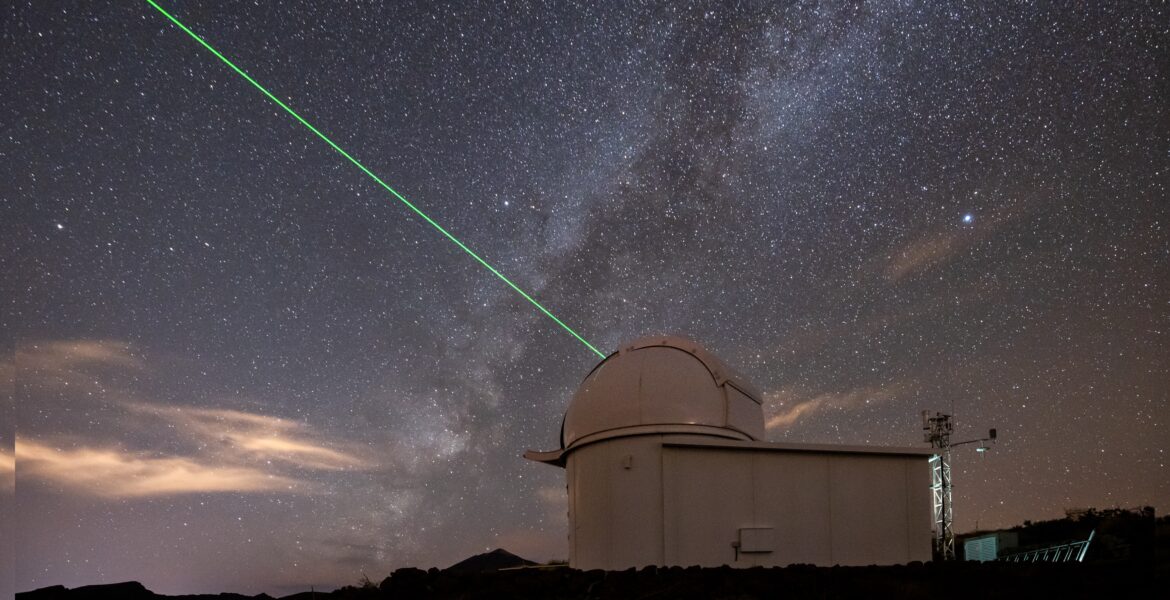The European Space Agency (ESA) has today published its annual space environment report.
The Earth is surrounded by spacecraft carrying out important work to study our planet’s changing climate, deliver global communication and navigation services and help us answer important scientific questions.
But some of their orbits are getting crowded and increasingly churning with deadly, fast-moving pieces of defunct satellites and rockets that threaten our future in space.
Since 2017, ESA’s Space Debris Office has published an annual Space Environment Report to provide a transparent overview of global space activities and determine how well international debris-reduction measures are improving the long-term sustainability of spaceflight.
Some of the 2025 report, based on data collected until the end of 2024 are summarised below:-
- Earth’s orbital environment is a finite resource.
- Satellites that remain in their operational orbit at the end of their mission are at risk of fragmenting into dangerous clouds of debris that linger in orbit for many years.
- The number and scale of commercial satellite constellations in certain low-Earth orbits continue to increase year over year.
- Within certain heavily populated altitude bands the density of active objects is now the same order of magnitude as space debris.
- Intact satellites or rocket bodies are now re-entering the Earth atmosphere on average more than three times a day.
- Yet not enough satellites leave heavily congested orbits at the end of their lives, creating a collision risk.
- 2024 saw several major fragmentation events as well as many smaller ones, together adding thousands of new debris objects, underlining the need for prevention by implementing passivation and reduced orbit lifetime measures.
- The adherence to space debris mitigation standards is slowly improving over the years, especially in the commercial sector, but it is not enough to stop the increase of the number and amount of space debris.
- Even without any additional launches, the number of space debris would keep growing, because fragmentation events add new debris objects faster than debris can naturally re-enter the atmosphere.
- To prevent this runaway chain reaction, known as Kessler syndrome, from escalating and making certain orbits unusable, active debris removal is required.




